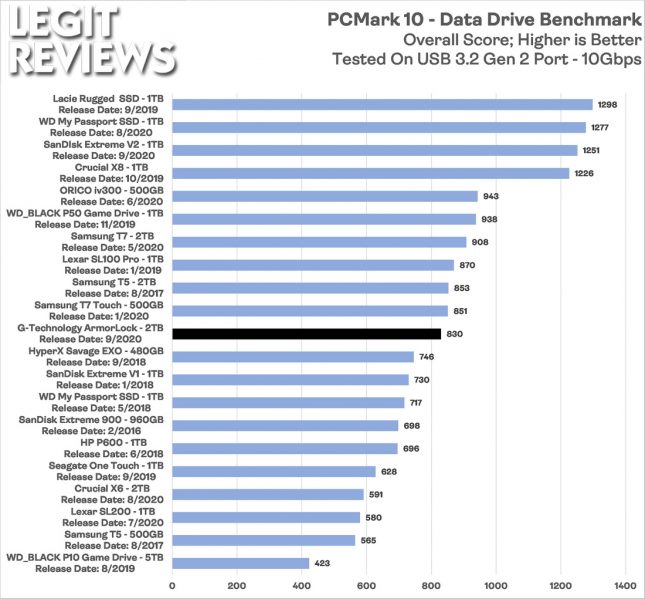

The Drive Performance Consistency Test is a long-running and extremely demanding test with a heavy, continuous load for expert users. The device is subjected to 15 GB of writes. These typically include NAS drives, USB sticks, memory cards, and other external storage devices. The Data Drive Benchmark is designed to test drives that are used for storing files rather than applications. 
It subjects the device to 23 GB of writes. The Quick System Drive Benchmark is a shorter test with a smaller set of less demanding real-world traces.It involves a total of 204 GB of write traffic.
Pcmark 10 portable full#
The Full System Drive Benchmark uses a wide-ranging set of real-world traces from popular applications and common tasks to fully test the performance of the fastest modern drives. PCMark 10's storage bench (introduced in v) includes four storage benchmarks that use relevant real-world traces from popular applications and common tasks to fully test the performance of the latest modern drives: Examples include booting an operating system or loading a particular game from the disk. Real-world access traces may be used for simulating the behavior of computing activities that are limited by storage performance. More serious benchmarks, however, actually replicate access traces from real-world workloads to determine the suitability of a particular device for a particular workload. We saw results from two popular ones - ATTO, and CrystalDiskMark - in a previous section. 
There are a number of storage benchmarks that can subject a device to artificial access traces by varying the mix of reads and writes, the access block sizes, and the queue depth / number of outstanding data requests. PCMark 10 Storage Bench - Real-World Access Traces







 0 kommentar(er)
0 kommentar(er)
